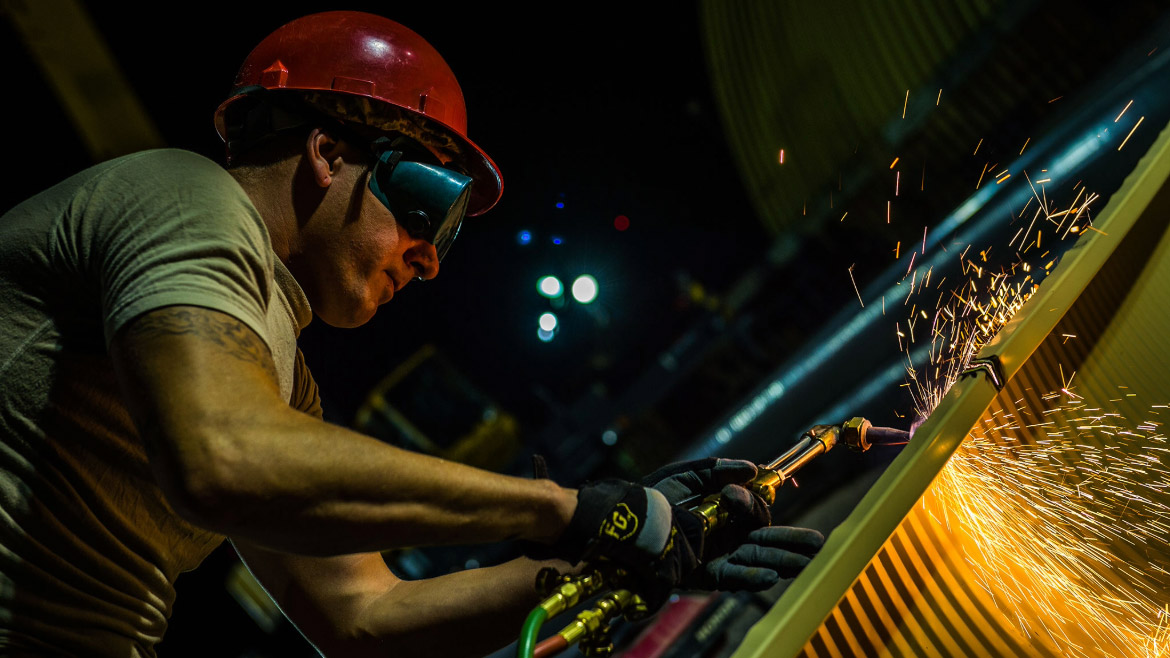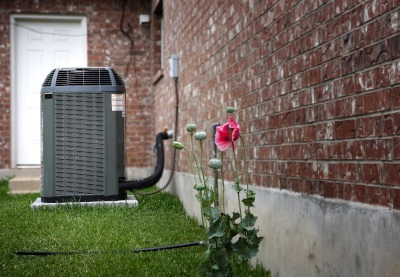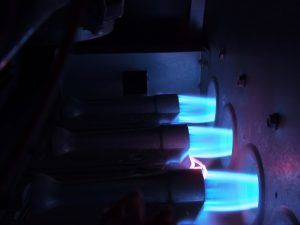In the building industry, each week a reader can go online and read a feature article covering an important topic. There are educational webinars to listen too, as well as podcasts. After all, no one takes the time to write or talk about an unimportant topic, right? In the HVAC industry some of those important topics are:
- The environment
- Global warming
- Electrical infrastructure
- Integrated project delivery
- Sustainability and resilience
Important topics, each of them, but what about those little things that matter if the big-picture goals are to be reached? Such as:
- Do design engineers insist on selecting and mandating to building owners the environmentally optimum HVAC system(s), or do they propose specific systems that are environmentally correct as an option/alternate versus a system selection based on first cost to meet the budget?
Comment: Talking about the environmental and global warming versus proactively doing something are two different approaches. Years ago, I engineered what later was titled, “Energy conservation through value-engineering.” The architect and the building committee were presented the basics of the HVAC systems without getting into the details that the outdoor air would pass by the general exhaust air through energy recovery wheels that would be used to recover 75% to 80% of the air leaving the building. The added cost for these enthalpy wheels were offset by a few value-added features including standardization of sheet metal distribution.
Going forward, I routinely omitted energy conservation discussions and, instead I would simply not go into details of the HVAC engineered solution.
A lesson-learned is to learn from trade contractors the tricks-of-the-trade that saves first-cost so that the designer can reinvest the savings into a more globally correct HVAC solution.
- Proactive electric infrastructure opportunities may be part of an HVAC building system design solution but, where the electricity is coming from will usually be dependent on the electrical infrastructure source.
Comment: The design team and the building owner may be fooling themselves unless there are electrification and decarbonization improvements being planned by sources outside the building community. Still, advocating for HVAC systems such as heat pumps will continue to add pressure to those companies who provide the electrical grid power to invest in solar and wind powered electricity.
A lesson learned is to research what local utility electrical engineers’ short-term solutions are and knowing what the utility infrastructure master plans will to be, serving the community.
- Integrated project delivery (IPD) method doesn’t cost the building owner anymore than the final cost for design-bid-build (DBB) project delivery with its reputation for change orders that can add 9% to 12% to the final project cost.
IPD method also doesn’t cost more than the relatively popular construction management (CM) project delivery with its additional construction management fee. If all parties would learn how IPD method truly functions via teamwork that provides value-added solutions both from engineering and from project management in the construction phases
Comment: Based on my own experience, I consider the IPD method the 21st century version of design-build (DB). Many may disagree with my assessment, even DB firms who routinely considered the design team a necessary evil needed to win the job of engineering and constructing of a building owner’s project.
I believe there are IPD project success stories but, at the same time, I have observed the design team leaders and the construction firm leaders seeing this as another way of being awarded a project but really not understanding or embracing IPD method philosophy that requires a true team effort. The two entities remain separate silos.
A lesson learned has been tearing down the design team and construction team silos is really hard to accept. In addition, sharing the building owner-IPD contract requirements and benefits with these two team’s primary subs is still a second culture change many can’t break the mold to success.
- Many in the building industry have some understanding of sustainability since this has been a constant concerns for many building programs going back 25 years and more. Still, providing sustainable solutions are routinely affected by first-cost building program budgets even though there have been numerous lessons-learned and sustainability success stories. But, do building owners, design teams, and construction teams know much about resilience?
Lessons learned from COVID-19 is the need to imbed resiliency into a building program. My definition of building resilience is, “the ability to rebound from a catastrophe, such as opening up a facility after a pandemic, e.g., COVID-19. To be ready, building managers and consultants should draft an operation and maintenance plan to understand the potential effects and have response ready for recovery, as well as plans to react to adverse situations, e.g., floods, hurricanes, etc.
While big picture issues are the focus of discussion in the building industry, it’s the little things that we can accomplish as the world picks away at global business solutions.
Whether you require installation, repair, or maintenance, our technicians will assist you with top-quality service at any time of the day or night. Take comfort in knowing your indoor air quality is the best it can be with MOE heating & cooling services Ontario's solution for heating, air conditioning, and ventilation that’s cooler than the rest.
Contact us to schedule a visit. Our qualified team of technicians, are always ready to help you and guide you for heating and cooling issues. Weather you want to replace an old furnace or install a brand new air conditioner, we are here to help you. Our main office is at Kitchener but we can service most of Ontario's cities
Source link



